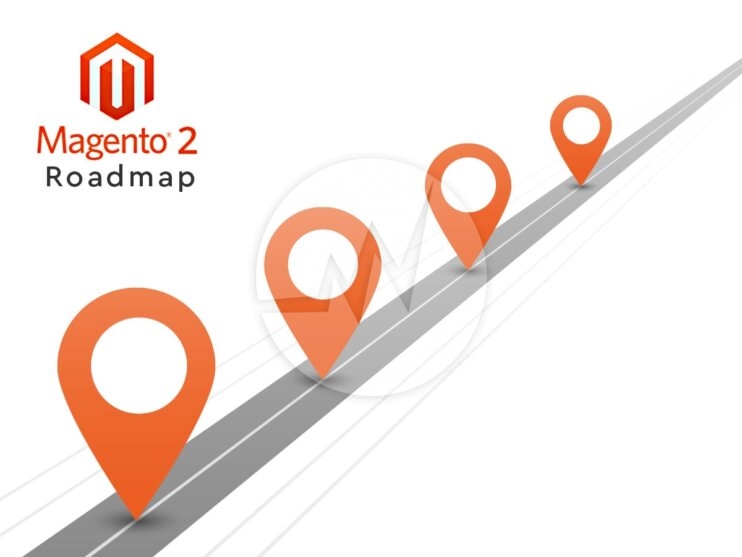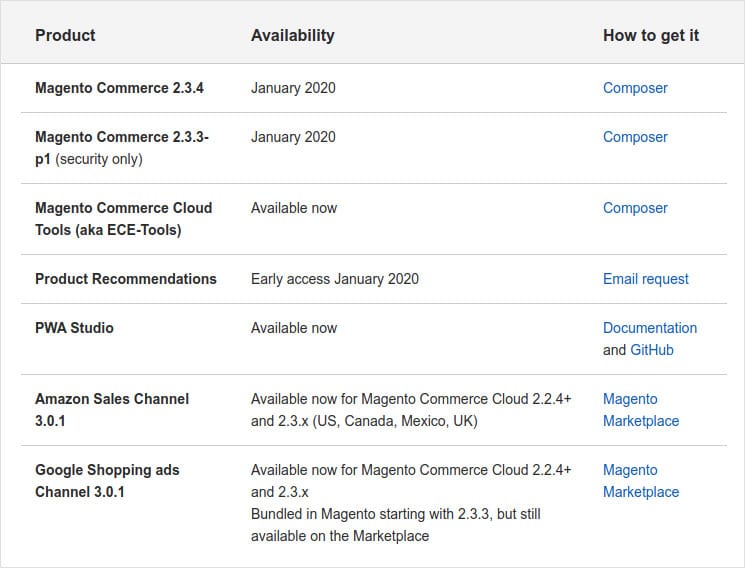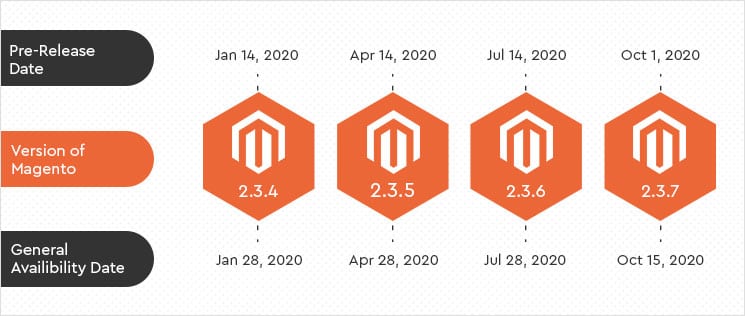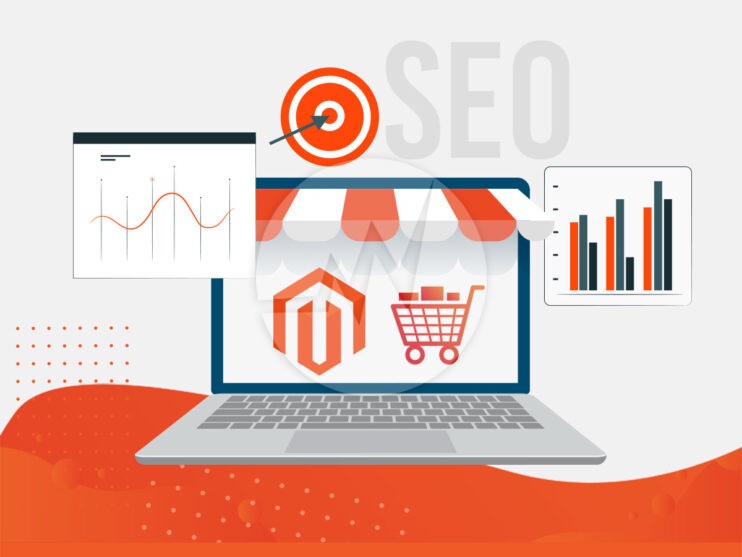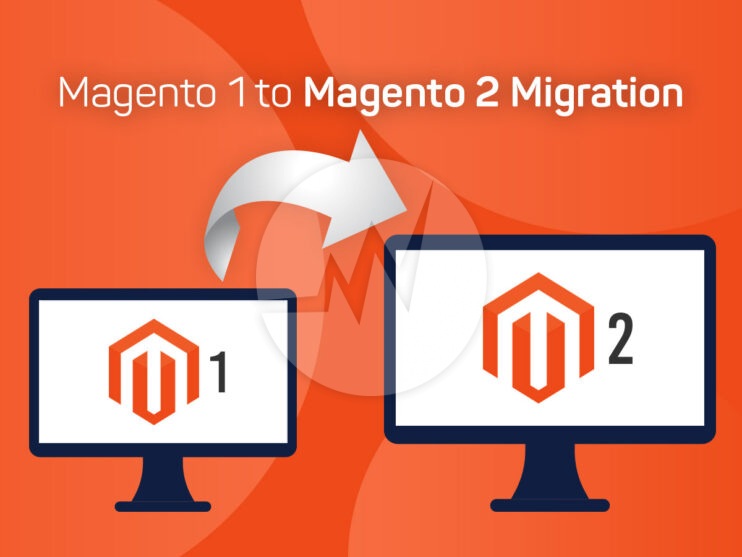Migration from Magento 1 to Magento 2 – The Ultimate Guide!
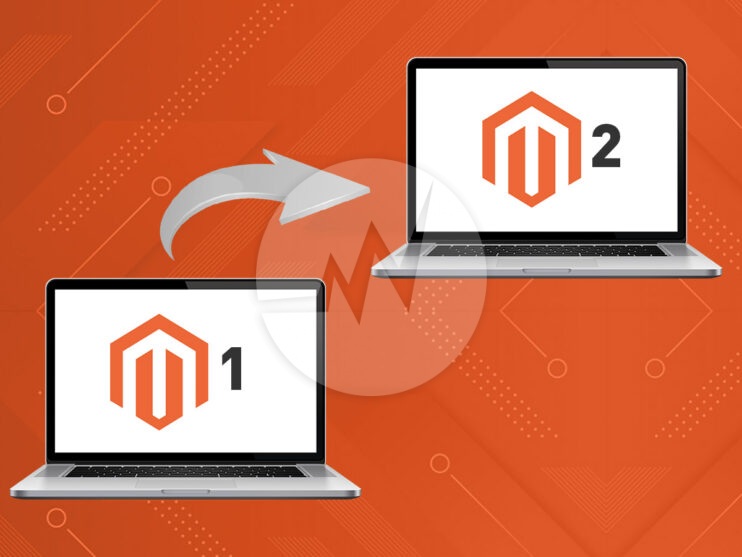
As of June 2020, Magento was no longer offer support for old versions of its ecommerce software. Ecommerce store operator should therefore take precautions now and tackle the migration to Magento 2.
The Magento Commerce 1.x versions, as well as the Magento Open Source 1 and older versions of Magento Commerce 2 eventually expire. As an Ecommerce store operator, you should use migrate to at least Magento 2.3. But be careful – this is not a simple update, but a replatforming. This means that you have to completely rebuild your ecommerce store. The good news: The migration enables you to relaunch, implementing the latest online standards, modernizing structures, optimizing processes, adding features and refreshing the design. The following seven tips will help you to make the switch to Magento 2:
1. Check how up-to-date your Magento ecommerce store
Make yourself aware of the weak points in your current ecommerce store system and how you can fix them in the new ecommerce store. The reports from Magento 1 give you valuable information on how the use of your ecommerce store is doing: How many customers are active or were they last logged in? Which products are absolute sellers? Which slow-moving goods do you have in your range? And which terms do your customers search for most often? Use a web controlling tool to analyze which entry routes customers use to access your ecommerce store, what typical click paths and exit points are. Not to forget: Use server monitoring to check whether and how the system is coping with any peak loads.
2. Find out what your target audience really needs
Replatforming is the best opportunity to whip yourself up in terms of customer orientation. You should do everything possible to meet the expectations of your customers with the new ecommerce store, to inspire them, to give them what they need. Why not start with customer surveys? Whether online using standardized questionnaires or in personal interviews – find out which customer requirements your ecommerce store already meets, where there are deficits and which features you can do without.
3. Use replatforming to improve your Magento ecommerce store
As soon as it is clear to you what your target group really needs and what you want to take with you from your previous ecommerce store to the new one, it is already clear what needs to be done. Now you have to rate the tasks according to their importance. Two central aspects in particular play a role here: The business value shows you what business benefits the individual features bring you. Concentrate on one or two key features to make your ecommerce store unique. To do this, you should find out how you can differentiate yourself positively from the competition and differentiate yourself even better, which features your customers want most and which functions may not have been technically possible up to now. That also gives you good arguments to get your company’s support for the replatforming project.
4. Take colleagues and service providers with you on the way
If you have good team members on board can your replatforming project be successful really. Your team should be composed of motivated employees and competent service providers. Make sure to include all of the key stakeholders from marketing, sales, accounting and logistics in your project. If you choose an agile project method, you can, if necessary, involve other affected people for individual subtasks – not least to take their wishes, ideas and advice into account. The internal departments also play an important role in the test phase: They should accompany the proof of concept, design proposals and migration steps and can thus give early advice on where modification and optimizing are required.
5. Good detail time
It doesn’t work without good, detailed time, task and resource planning. For the replatforming, including the analysis, planning and test phase, you usually have to expect more than six months. Last but not least, you also need a market launch and go-live strategy in order to optimally prepare your existing customers for the new ecommerce store and, if possible, to attract other interested parties.
6. Take the most important data with you
As you know, a Magento 1 cannot be duplicated as a Magento 2 version. You should therefore definitely transfer the data that will also be important in the future: This includes above all customer accounts and customer data, product information, indexed websites, valid vouchers or discount codes, but also download files and virtual products that must still be accessible. It will be easier if you work with your team to create a data migration concept in advance. Just before go-live, do a final data comparison and make sure that your customers can find their way around the new ecommerce store and feel comfortable.
7. It starts with a proof of concept
All those involved are informed about the course of the project and know what to do and when? Are the ecommerce store and data migration concepts in place? Then the implementation can begin. Make sure not to overwhelm your team, for example by moving the whole system with all its features. Instead, start with the most business-critical features and most important interfaces, such as those to the ERP system, and develop them first as prototypes. This gives you and any service providers the chance to review the implementation ideas, assess risks correctly and find out at an early stage where adjustments are required. The replatforming can then be implemented in an agile manner based on the proof of concept. That means: Carry out effectively and efficiently in short, reflected project sections.
Conclusion
The support stop is not a reason to panic. If you arm yourself with the above tips for migrating your ecommerce store to a new Magento version (or even a new ecommerce store system), then you will definitely master the change.
If you are looking for a Magento web development, Magento ecommerce development and other related web development services, please explore our Magento Web Development Services! We also provide Magento website maintenance services, Magento store maintenance and Magento application security audit. For more information, please visit our Magento maintenance services!




